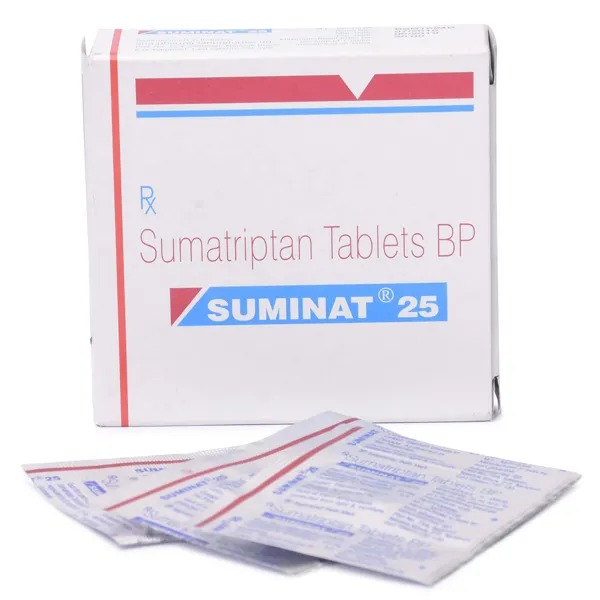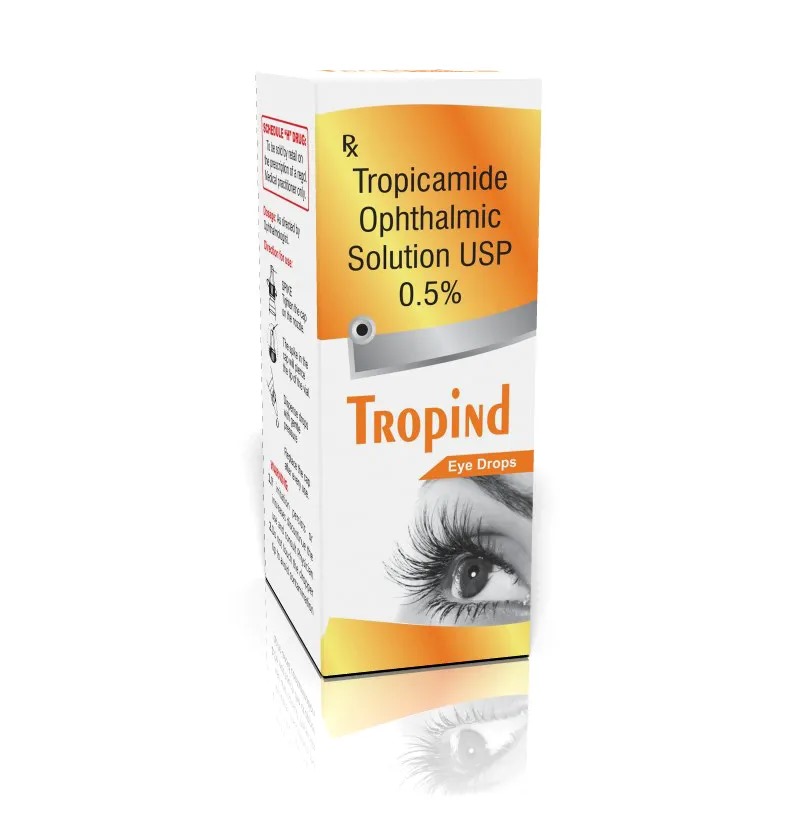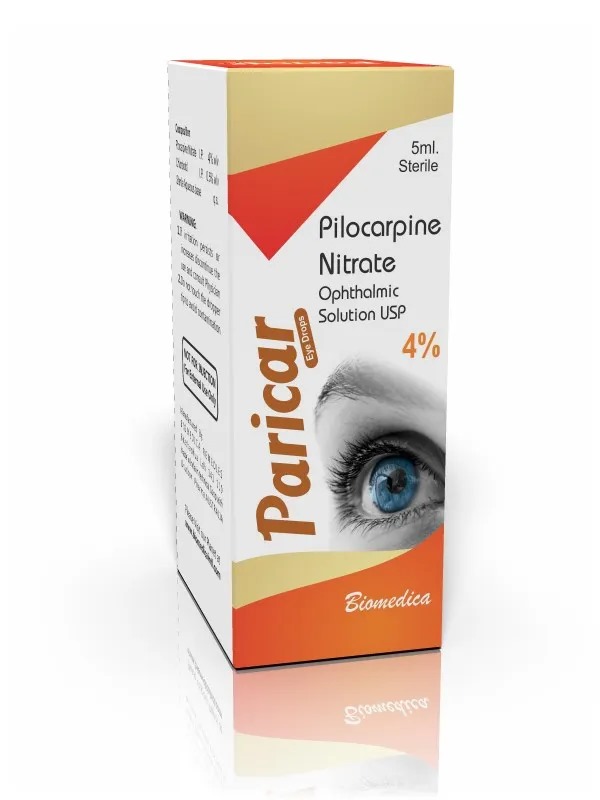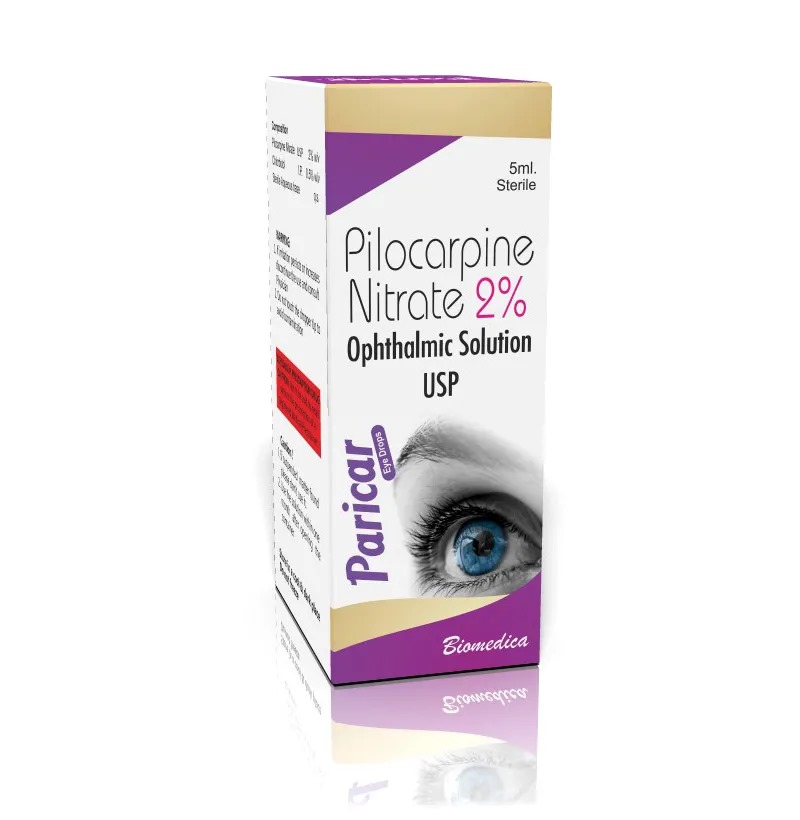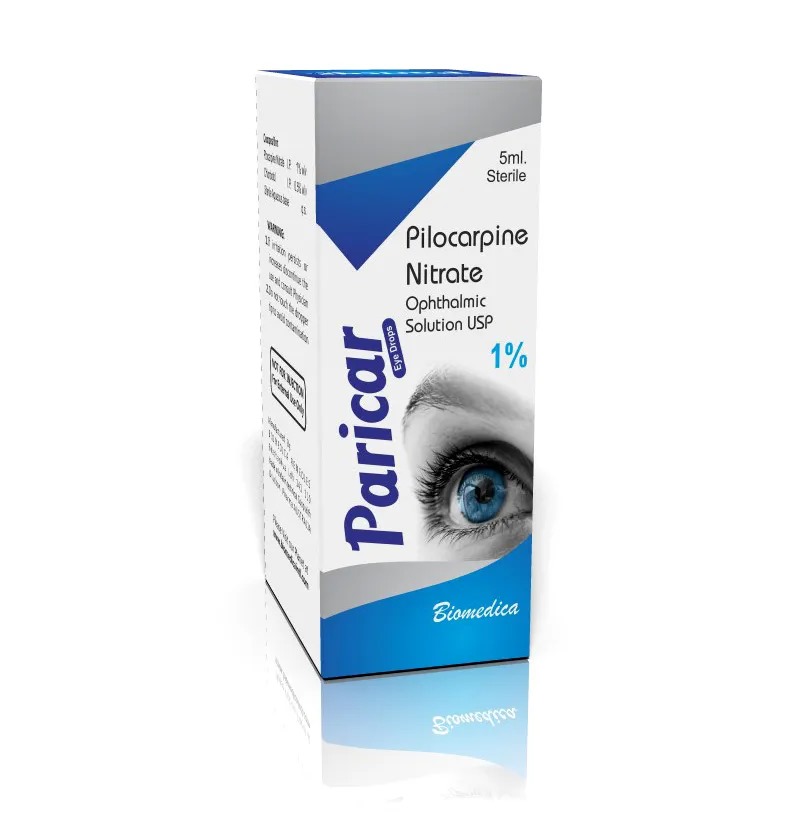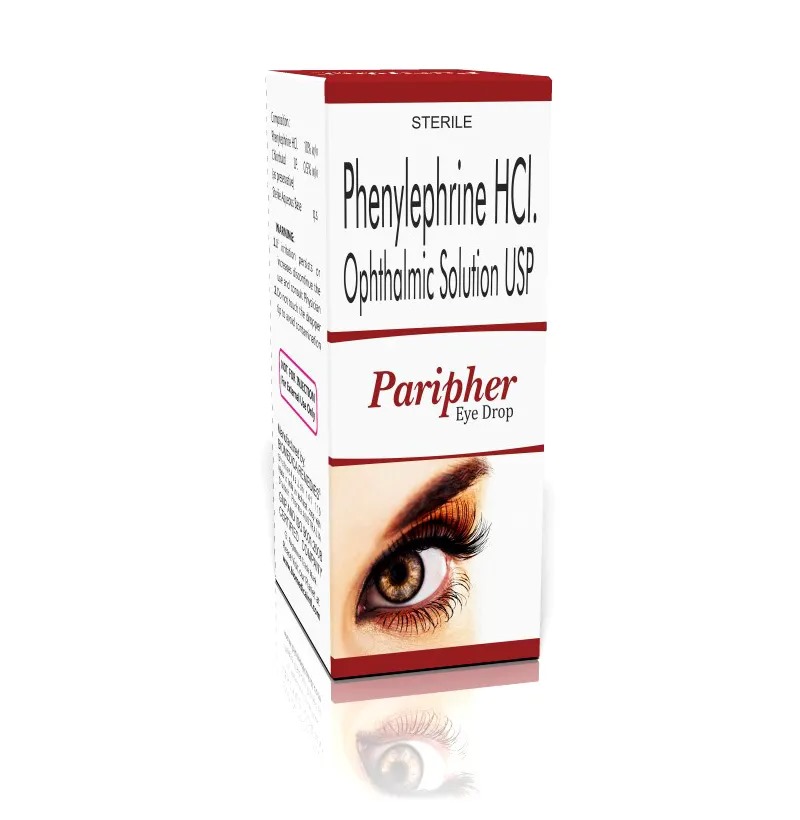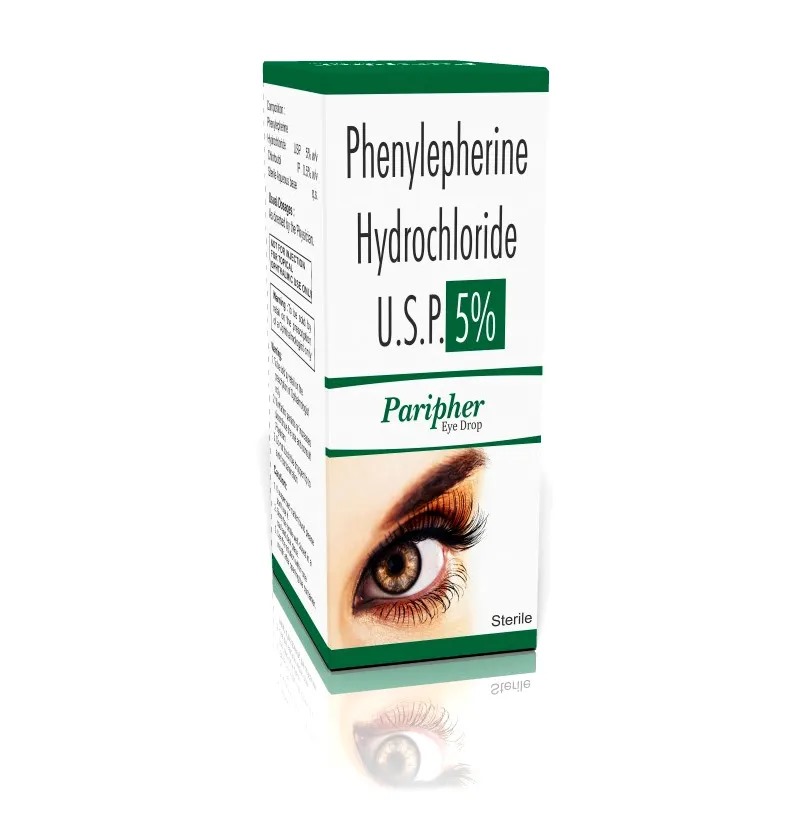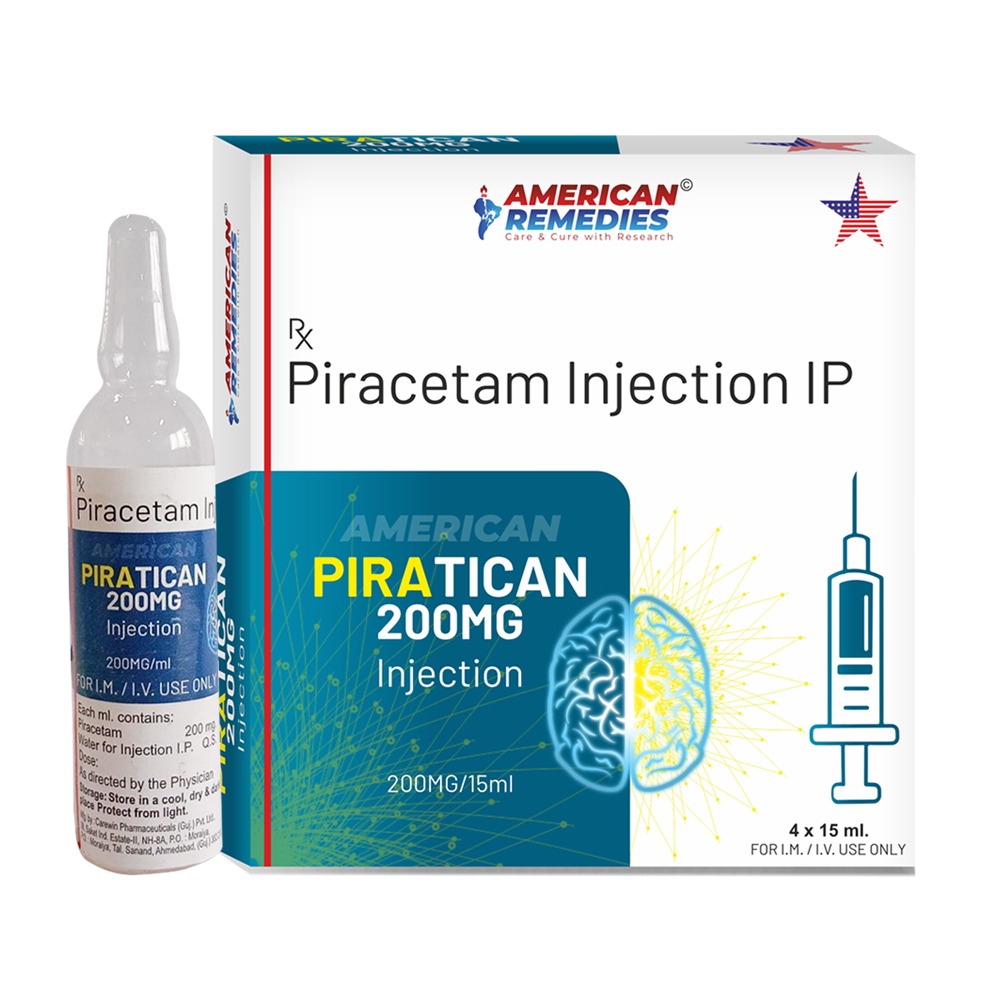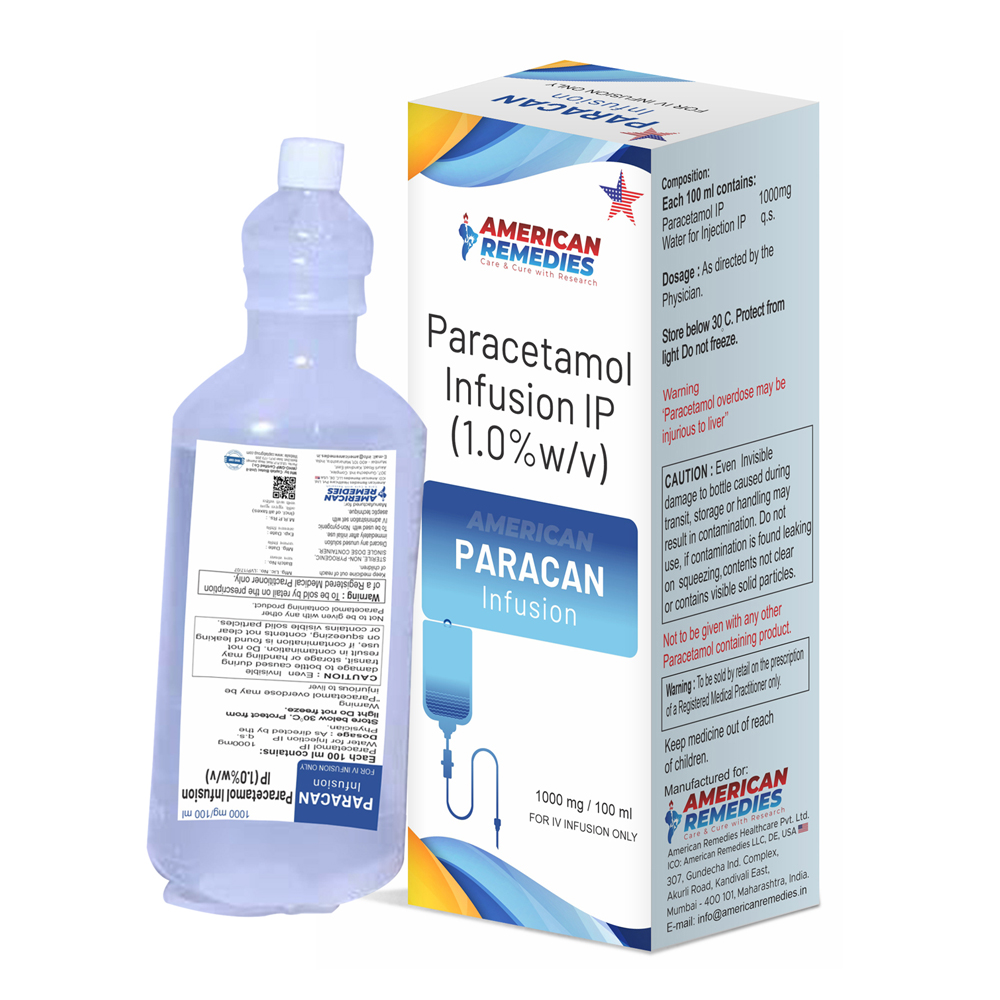Suminat 25 Mg (Sumatriptan) What Is The Generic Name For Suminat 25 Mg? Sumatriptan is the generic version for Suminat 25 mg Which USA Brand is Equivalent To Suminat 25 mg (Sumatriptan)? Imitrex About Suminat 25 Mg (Sumatriptan): Suminat 25 mg contains an active ingredient,Sumatriptan, which is used for the treatment of A Migraine and Cluster Headache. You can buy it from all the leading pharmacy, drugstores and medical supply stores and can be given by doctor’s prescription only. Manufacturer: Sun Pharma (India) is one of the leading pharmaceutical companies which manufacture Suminat 25 mg. Strength: Suminat 25 mg contains an active ingredient, Sumatriptan, 25 mg which is available in the various strengths and substitutes at all the leading pharmacy, drugstores, and medical supply stores. What Are The Uses Of The Suminat 25 Mg (Sumatriptan)? Suminat 25 mg is used in the treatment of: A Migraine Attack Cluster Headache How Suminat 25 Mg (Sumatriptan) Works? Suminat 25 mg has an active ingredient, Sumatriptan, which basically works by constricting (narrowing) the dilated blood vessels, thus relieving Migraine headaches. Before You Use Suminat 25 Mg (Sumatriptan)? Make sure that: You are not allergic to Sumatriptan You do not take alcohol Your doctor knows about your Surgeries, Diseases, Pre-existing disease and Medications, Food Habits, Supplements, etc.) What Should You Avoid While Taking Suminat 25 Mg (Sumatriptan)? You should avoid taking alcohol You should avoid Driving or Machine Operating Jobs You should strictly avoid taking Medicines without prescriptions When Not To Use Suminat 25 Mg (Sumatriptan)? You should avoid Suminat 25 mg if you: Have ever noticed any Allergy/Hypersensitivity to it Have Severe Liver/Kidney Impairment Have Cardiovascular Disease Have Uncontrolled Hypertension Have Peripheral Vascular Diseases Are Pregnant/Conceiving You should always consult your doctor for suitable and effective treatment Tell Your Doctor If You: Have Allergy to it Have any Heart Disease Face A Migraine Attacks more often Have Cardiovascular Diseases or Peripheral Vascular Diseases Have Hypertension Have any Brain Disorder Have any Kidney/Liver Disease Are Pregnant or Trying to Conceive Are Breastfeeding Are taking Suminat 25 mg since long Are having other Diseases, Drugs or Therapies Dosage: Suminat 25 mg contains an active ingredient, Sumatriptan, which is used in the treatment of Migraine. Suminat 25 mg is available in various strengths and substitutes and should be given on prescription only. You should always consult your doctor for the duration of dosage as age and severity of the disease differ from person to person. Adults are advised to take Suminat 25 mg at a fixed time, empty stomach. Do not consume the larger or smaller amounts than Prescribed. Lying down in a quiet and dark room after taking the tablet may help to relieve the migraine. How Much Of The Suminat 25 Mg (Sumatriptan) to Be Used? Patients are always advised to follow their doctor’s prescriptions and instructions to take Suminat 25 mg. Do not exceed the dose on your own as it may result in adverse effects. How To Take The Suminat 25 Mg (Sumatriptan)? Suminat 25 mg dose should be taken at a fixed time as directed by your doctor. You must swallow the tablet as a whole with water. Do not chew or crush it. It is better to take it with or without the meal. For How Long Should You Continue Using Suminat 25 Mg (Sumatriptan)? You are always advised to take Suminat 25 mg as prescribed by your doctor. You are not advised to take it in the larger amount or for a longer time than recommended. To get relief from A Migraine as soon as possible, you have to take the tablet as early as A Migraine begins. Overdose? Contact your doctor immediately if you suspect an Overdose. Missed Dose? A missed dose of Suminat 25 mg should be taken as soon as you remember. Skip the dose if it is the time for the next dose. Do not double the dose for next time if you missed once. What Are The Side Effects Of The Suminat 25 Mg (Sumatriptan)? Chest pain Drowsiness Dizziness Shortness of breath Feeling of warmth or heat Irregular heartbeat Itching Numbness Dry mouth Nausea and Vomiting Unusual tiredness and weakness What Are The Common Drug Interactions? Few medicines have been reported to interact with Suminat 25 mg which can produce some adverse effects or cause your drug not to work properly. You should always tell your doctor if you are on Vitamins, other Drugs or Herbal Supplements. It interacts with the following medicines: Fluvoxamine Ondansetron Almotriptan Nefazodone Warning And Precaution: Suminat 25 mg should be used very cautiously in: Impaired Liver/Renal Function Coronary Artery Disease High Cholesterol Seizure Disorder Wolff Parkinson White Syndrome Hypersensitivity Pregnant/Breastfeeding Women Always consult your doctor to get the best possible treatment and dosage adjustment in the above conditions. Things To Remember: Do not take Sumina
Send Message